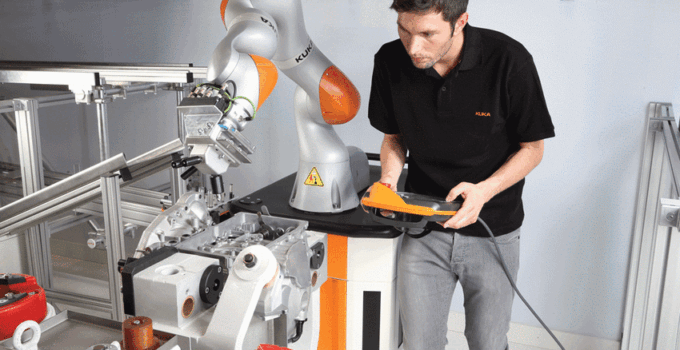The word cobot has been coined to refer to collaborative robots that are designed to work side-by-side with humans without any protective guarding around them. They are easily re-deployable and take on the more-strenuous, prosaic and repetitive jobs, allowing the human operator to complete other high value manual tasks up or downstream.
Cobots are now providing manufacturers with the capability to automate their applications. Many industry experts say that universal-robots.com are changing the game in the manufacturing world. We all know that seeing results as soon as possible is important. To ensure quick deployment of the collaborative robots and an increase in productivity, we put together the top three things you need to know when getting started with a cobot.
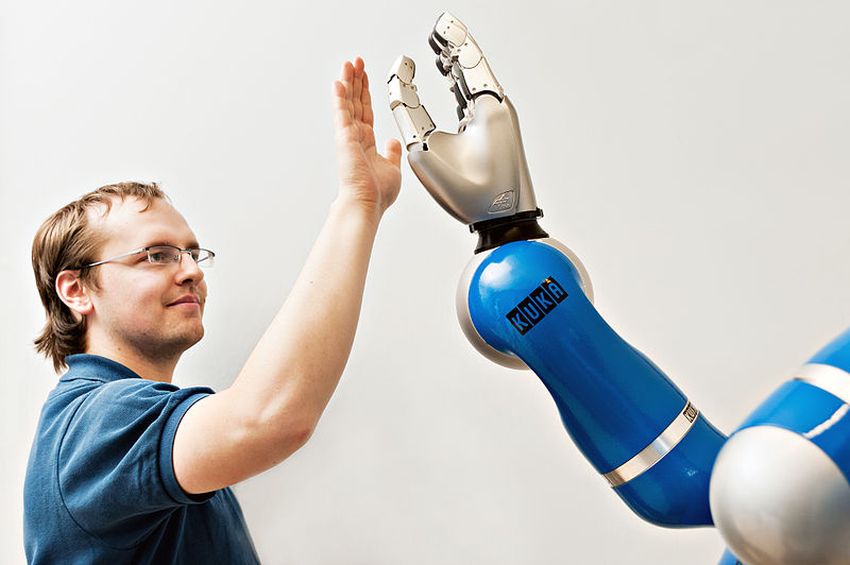
source:wikipedia.org
1. Prioritize on your safety
Since the advent of robotics, safety has always been of great importance for robotic automation developers. Whether the collaborative robot is handling off-the-shelf tasks or more sophisticated custom tasks, a functional safety evaluation must always be performed. Taking the “do-no-harm approach is through terms such as “safety rated”, “fail safe” or “functional safety analysis” that are applied to a control system meant to protect employees or other cobot operators.
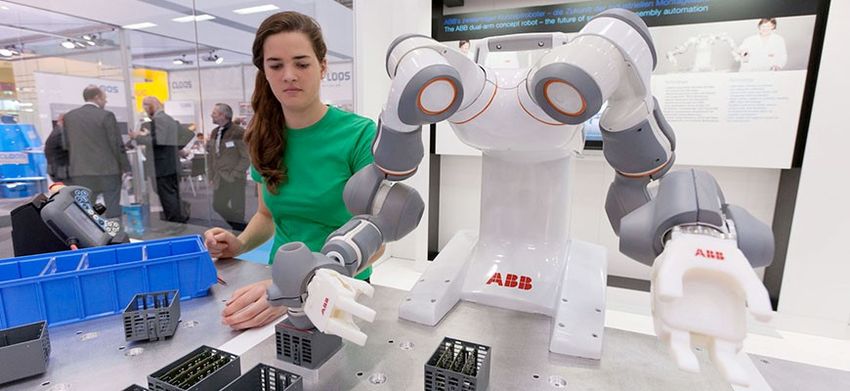
source:therobotreport.com
Whether the cobot works on off-the-shelf parts or custom technology, a functional safety evaluation must be performed. Terms such as “safety rated”, “fail safe” or “functional safety analysis” are applied to a control system meant to protect employees. These control systems can include safety rated stop and protective stops, slow speed functions, limited force functions, person detection, and others.
Other specific tasks that should be handled include, examining mechanical parts for wear and tear, inspecting electronic components for authenticity and safety, prevent unsanctioned installation and also watch out for basic human errors.
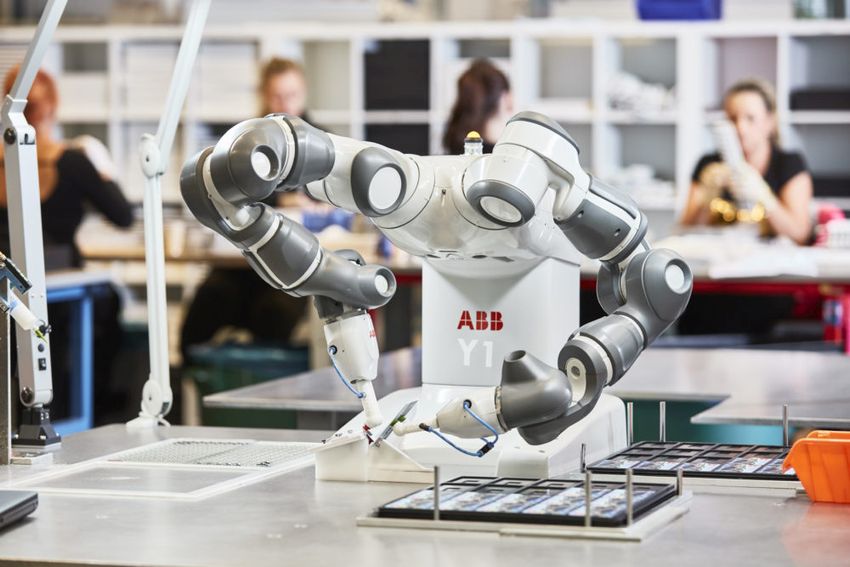
source:therobotreport.com
If a worker lacks the proper knowledge to run a cobot on a day-to-day basis, or if they are not familiar with the basic safety protocols, it could lead to an error. In the past, human errors have led to avoidable accidents in the work place.
It is also important to test the collaborative robot under various factors. Some of these factors include temperature, altitude, humidity and electromagnetic compatibility (EMC). The tests are important to ensure that the cobot will be fit-for-use in different work environments.
3. You will need to educate and re-assure your workforce
The arrival of artificial intelligence and collaborative robots in the industrial market has over the years made staff uneasy, as they worry about their jobs and their safety. Employes are always very skeptical when there is the arrival of a collaborative robot in the workspace.
Humans fear that the cobots are taking away their jobs and could hinder their safety as they handle tasks right alongside the cobot. The industry managers have a responsibility to help employees overcome this fear. The managers should ensure that employees are aware of the advantages of including a cobot in their manufacturing industry. By taking on the tasks people hate doing because they are monotonous, dull, strenuous and also risky, the cobot allow humans to handle more interesting and rewarding roles.
Managers should also communicate with their employees ensuring them that their jobs are secure. Cobots so not replace human workers, rather they are more like team mates and have been included to maximize the benefits and profits of the industry. It is also important to ensure that employees strictly adhere to the collaborative robots “safety by design” principles.
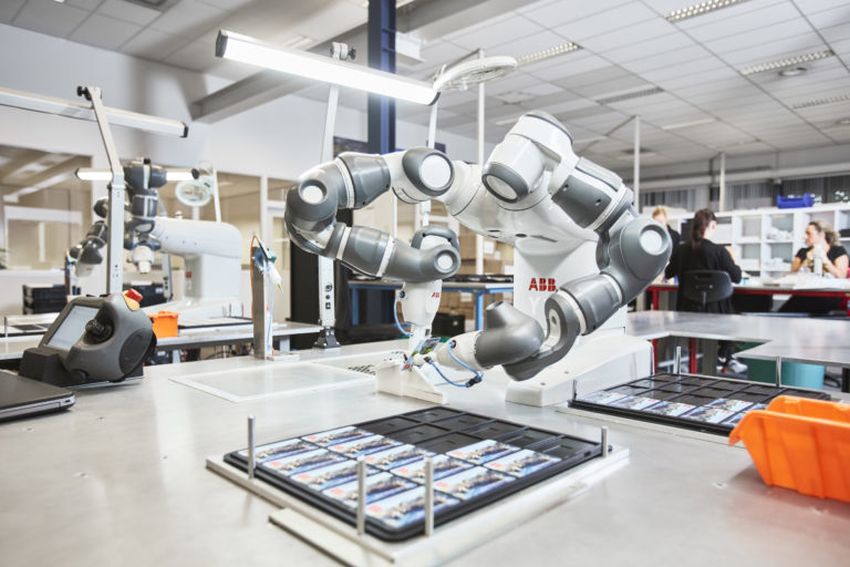
source:therobotreport.com
3. Learn from your peers
Cobots are very flexible and adaptable. A large number of manufacturers are reaping great benefits from including cobots into their workstations. It is very important to research and explore how other companies have dealt with challenges. This will definitely prepare you for any challenge. It will also help you and your employees in learning how to manage roles and inspire the industry into succeeding in the manufacturing business.
.

